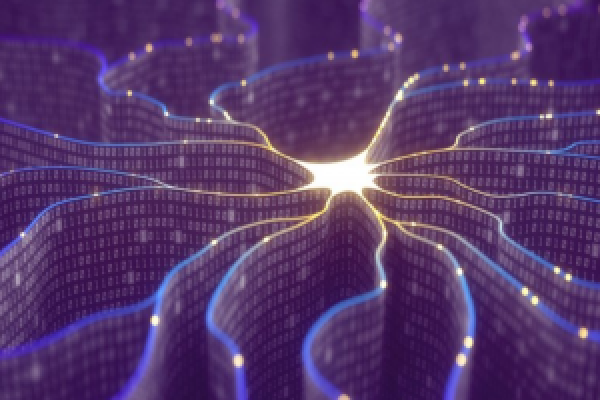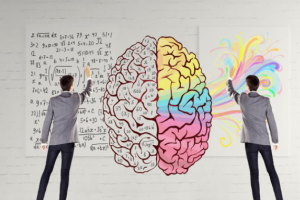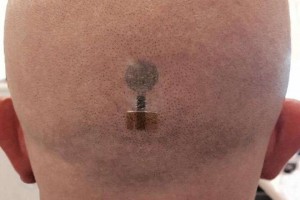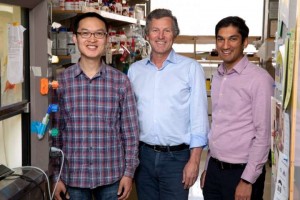This Superconducting Switch Could Be The Missing Piece For a Human-Like AI Brain
A new superconducting switch could soon enable computers to make decisions very similarly to the way we do, essentially turning them into artificial brains.
A new superconducting switch could soon enable computers to make decisions very similarly to the way we do, essentially turning them into artificial brains.
Researchers at the US National Institute of Standards and Technology (NIST) explain that, much like a biological brain, the switch "learns" by processing the electrical signals it receives and producing appropriate output signals.
The process mirrors the function of biological synapses in the brain, which allow neurons to communicate with each other.
The artificial synapse, has the shape of a metallic cylinder and is 10 micrometers wide.
It is designed so it can learn through experience - or even from just the surrounding environment.
As is increasingly common in the field of AI, this synthetic switch performs even better than its biological counterpart, using much less energy than our brains do and firing signals much faster than human neurons, 1 billion times per second.
For comparison, our synapses fire about 50 times per second. This has a significant impact on processing because the greater the frequency of electric signals that are fired and received, the stronger the connection between the synapses become.
The switch is meant to boost the ability of the so-called "neuromorphic computers" which can support AI that one day could be vital to improving the perception and decision-making abilities of smart devices such as self-driving cars and even cancers diagnostic tools.
While AI could be a game changer in medicine, the conventional computers that run its systems still struggle with tasks such as context recognition.
This is because, the NIST researchers say, they don't keep memories the same way we do. Our brain both processes information and stores memories in synapses at the same time, while computers perform the two tasks separately.
But the new artificial synapse addresses this problem, allowing computers to mimic the human brain.
Although it is still being tested, researchers are confident that it may one day power a new generation of artificial brains able to improve on the current capabilities of AI systems.
sciencealert.com





Related Posts